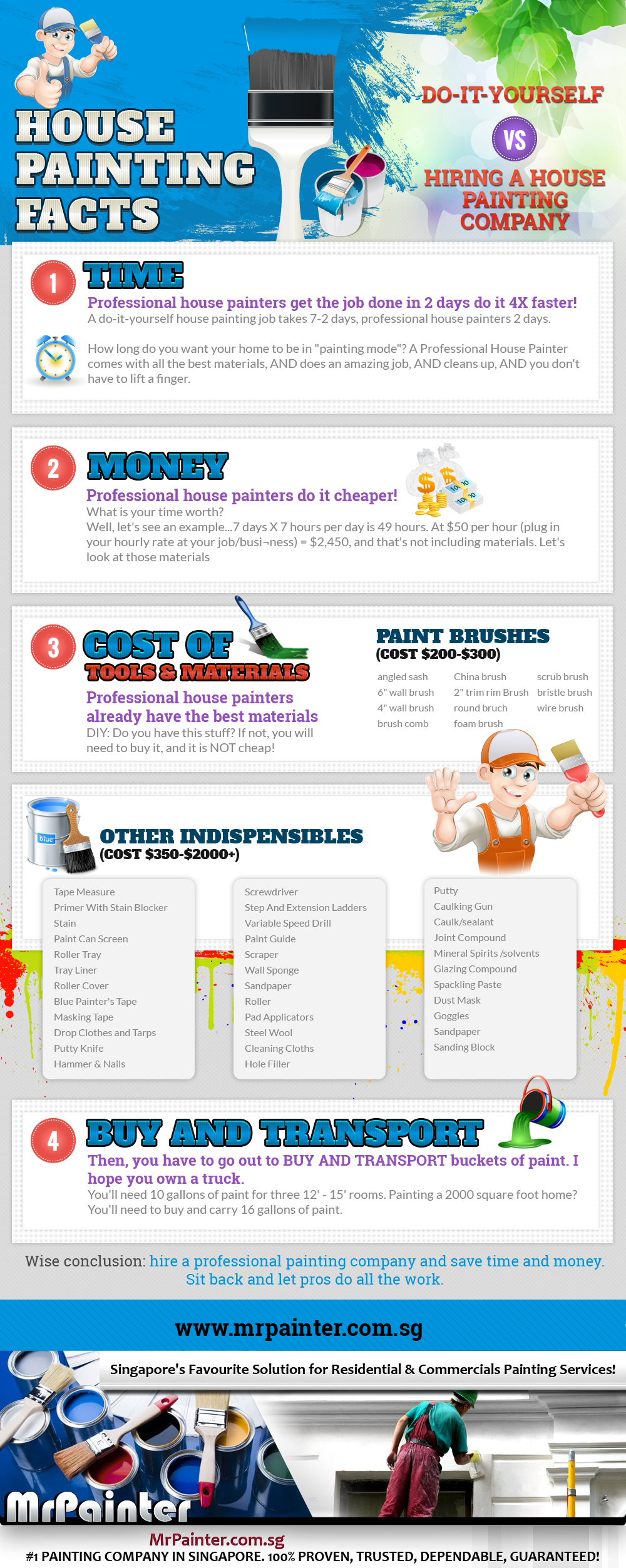Understand Just How Seasonal Problems Impact The Success Of Industrial External Paint And Learn The Ideal Periods To Guarantee Durable Outcomes For Your Project
Understand Just How Seasonal Problems Impact The Success Of Industrial External Paint And Learn The Ideal Periods To Guarantee Durable Outcomes For Your Project
Blog Article
https://www.wbur.org/news/2023/03/27/mfa-boston-nepal-contemporary-art-sneha-shrestha -Doherty Rodriquez
When you're planning a commercial exterior paint task, seasonal factors can make or break your results. You'll want to take into consideration exactly how temperature and moisture effect paint application and drying out times. Selecting the best period can guarantee your paint adheres correctly and lasts longer. Yet which periods are genuinely the most effective for this type of job? Let's explore the key elements that can affect your job's success.
The Influence of Temperature on Paint Application
When you're intending a commercial exterior paint project, the temperature level can substantially influence just how well the paint sticks and dries.
Ideally, you want to repaint when temperature levels vary in between 50 ° F and 85 ° F. If it's also cool, the paint might not heal correctly, resulting in issues like peeling or cracking.
On the other hand, if it's too warm, the paint can dry too quickly, protecting against appropriate adhesion and causing an uneven finish.
You must also consider the time of day; morning or late afternoon supplies cooler temperature levels, which can be a lot more desirable.
Always check the maker's referrals for the specific paint you're utilizing, as they usually offer advice on the ideal temperature level variety for optimum outcomes.
Moisture and Its Impact on Drying Times
Temperature isn't the only ecological aspect that affects your commercial external painting task; moisture plays a significant role as well. High moisture degrees can slow down drying out times considerably, affecting the overall top quality of your paint task.
When the air is saturated with wetness, the paint takes longer to heal, which can bring about problems like bad attachment and a greater danger of mildew growth. If you're repainting on a particularly humid day, be gotten ready for extended delay times in between coats.
It's essential to check local climate condition and plan appropriately. Preferably, aim for moisture levels in between 40% and 70% for optimal drying.
Keeping these factors in mind ensures your project stays on track and delivers a long lasting surface.
Best Seasons for Commercial Exterior Painting Projects
What's the very best season for your business external paint projects?
exterior painters in chicago and early autumn are generally your best options. Throughout these seasons, temperatures are mild, and humidity levels are typically reduced, developing perfect problems for paint application and drying.
Stay clear of summer's intense heat, which can create paint to dry too rapidly, causing inadequate bond and surface. Similarly, winter's cold temperature levels can hinder appropriate drying and curing, taking the chance of the long life of your paint work.
Go for days with temperatures in between 50 ° F and 85 ° F for optimum outcomes. Bear in mind to check the neighborhood weather prediction for rainfall, as damp problems can wreck your task.
Preparation around these elements ensures your painting task runs efficiently and lasts longer.
Verdict
To conclude, intending your industrial outside paint jobs around seasonal factors to consider can make a significant distinction in the outcome. By organizing job during the optimal temperature levels and humidity levels, you'll ensure far better adhesion and drying out times. Keep in mind to keep an eye on neighborhood weather report and select the right time of year-- springtime and very early loss are your best bets. Taking these steps will assist you attain a durable and expert finish that lasts.
